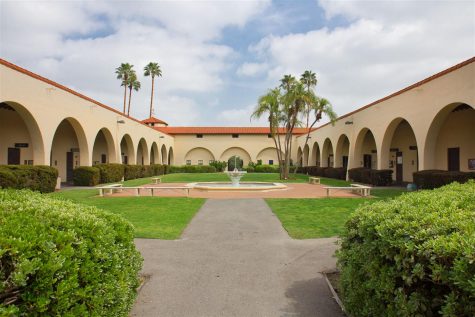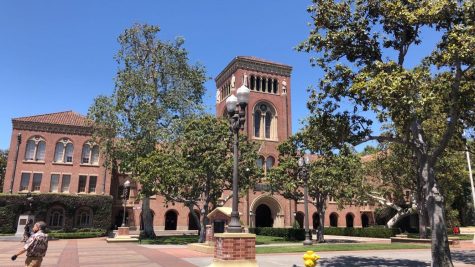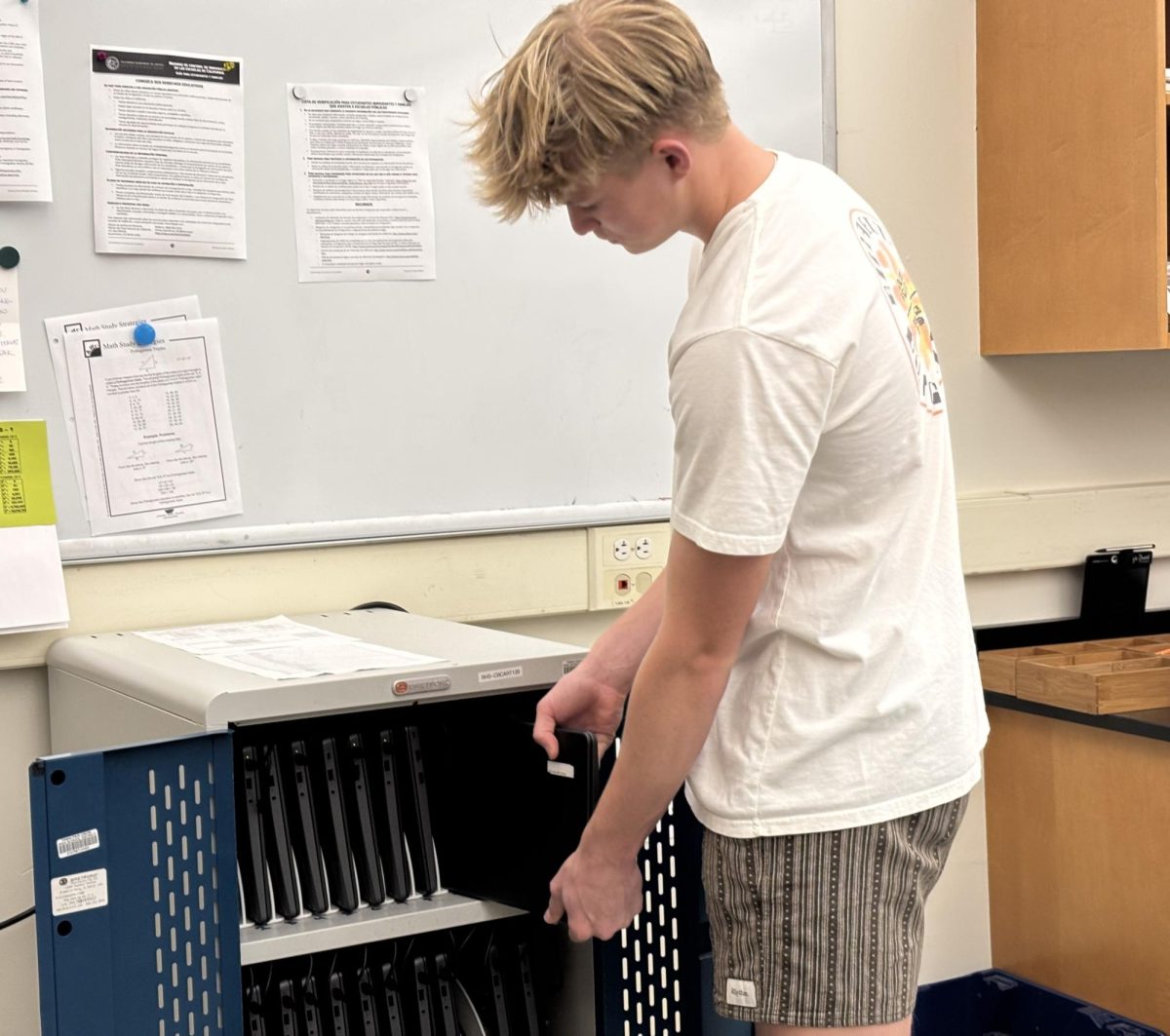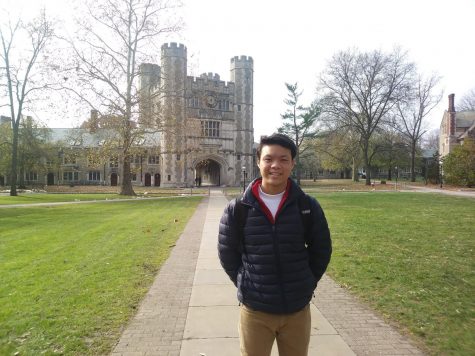On May 13, California State University Chancellor Timothy White announced that the largest four-year public university system in the U.S. would have classes online in the fall semester, with few exceptions. He later said that while their main plan is to have the semester online, nothing is official yet.
“By the time we get to August, it may very well be the case that we’re able to open more than we think we will be now. We’re preparing for virtual, with the hope of being able to pull back once we get into August and September,” White said.

Throughout the country, similar to almost everything else, there is uncertainty regarding the fate of colleges for the fall semester. Currently, most schools are weighing three options: all in-person classes, all online classes or a hybrid of the two. Most schools’ hybrid procedures include holding large lectures virtually and smaller seminars in-person. Additionally, social distancing guidelines would still be adhered to in nearly all on-campus activities.
For many high school seniors, colleges’ procedural decisions will have a significant impact on whether or not they will defer a year or not. This means that students would take a gap year with their school’s approval but will enroll in the college that they were initially accepted into the following academic school year. However, some schools are limiting the number of students that can defer. According to a national survey conducted by Ruffalo Noel Levitz, an educational consulting firm, 17 percent of seniors are planning on deferring a year, and another 14 percent are still considering taking a gap year.
One of these students is Branson senior Emily Wangenheim. She requested a gap year from Dartmouth in late May, and while the pandemic was not the primary reason for her decision, it was a catalyst.

“Although I’m sure Dartmouth is doing a lot to make that easier for students, online learning isn’t an environment I want to start my Dartmouth experience with. I want to get the most out of the classes that I take,” Wangenheim said. “Obviously, there’s a chance the school could still reopen in the fall, and if it did, I wouldn’t be upset that I was taking a gap year because I think a gap year is a great thing regardless of the coronavirus pandemic.”
Other factors that contributed to Wangeheim’s decision include a fifth concussion sustained this spring and her positive experience at the Island School in the Bahamas one summer, which also offers semester and gap year programs. Additionally, missing out on quintessential senior experiences added to her requesting a gap year.
“When I asked [my teachers at the Island School] about taking a gap year, they said it’s a chance to explore and experience different things because college will be waiting for you when you come back. It’s not that you either go to college or you take a gap year, but you take a gap year and then you go to college,” Wangenheim said. “And they all said they felt much more engaged and that they knew themselves better going into college, so they got a lot more out of their college experience.”
Despite the concerns that their first semester of college is potentially online, many seniors still plan to enroll this year. This includes senior Sophia Curtaz, who will be attending Chico State University next year and playing soccer there.
“I didn’t really see a reason to not [start college online this fall],” Curtaz said. “I’m going to go to school anyway, so I might as well start now.”

Still, the increased number of students considering taking a gap year is especially alarming to colleges for a particular reason: money. Specifically, the University of Michigan predicts losses of $400 million to $1 billion this year across its three campuses. The University of California system lost $558 million in March alone. Some smaller schools are closing for good, in part because of ongoing financial issues but also because of COVID-19’s impact on them. In a letter to Gov. Gavin Newsom, University of California President Janet Napolitano wrote, “UC has already lost hundreds of millions in housing and dining revenue from students choosing to leave campuses, and anticipates losing more revenue by the end of the spring term.”
There are already several complaints across the nation that students have to still pay full tuition even though classes shifted to online in the spring. These complaints are amplifying as lawsuits against universities are surfacing, pressuring universities in their decision of implementing classes in the fall. To date, students from 26 universities are suing their schools for not offering partial tuition and college fee refunds for the alleged decrease in the quality of education.
For those asking for decreased tuition for online education, Wangenheim believes they are factoring out a crucial point.
“It’s a really hard question because the schools need money to pay their employees and sustain themselves. The professors are working equally as hard, if not more, to put an effort and make their lectures exciting and doing what they can to make our online classes as engaging as possible,” Wangenheim said. “I think it’s really difficult because the primary source of schools’ annual revenue is from tuition. Without it, they won’t survive.”







